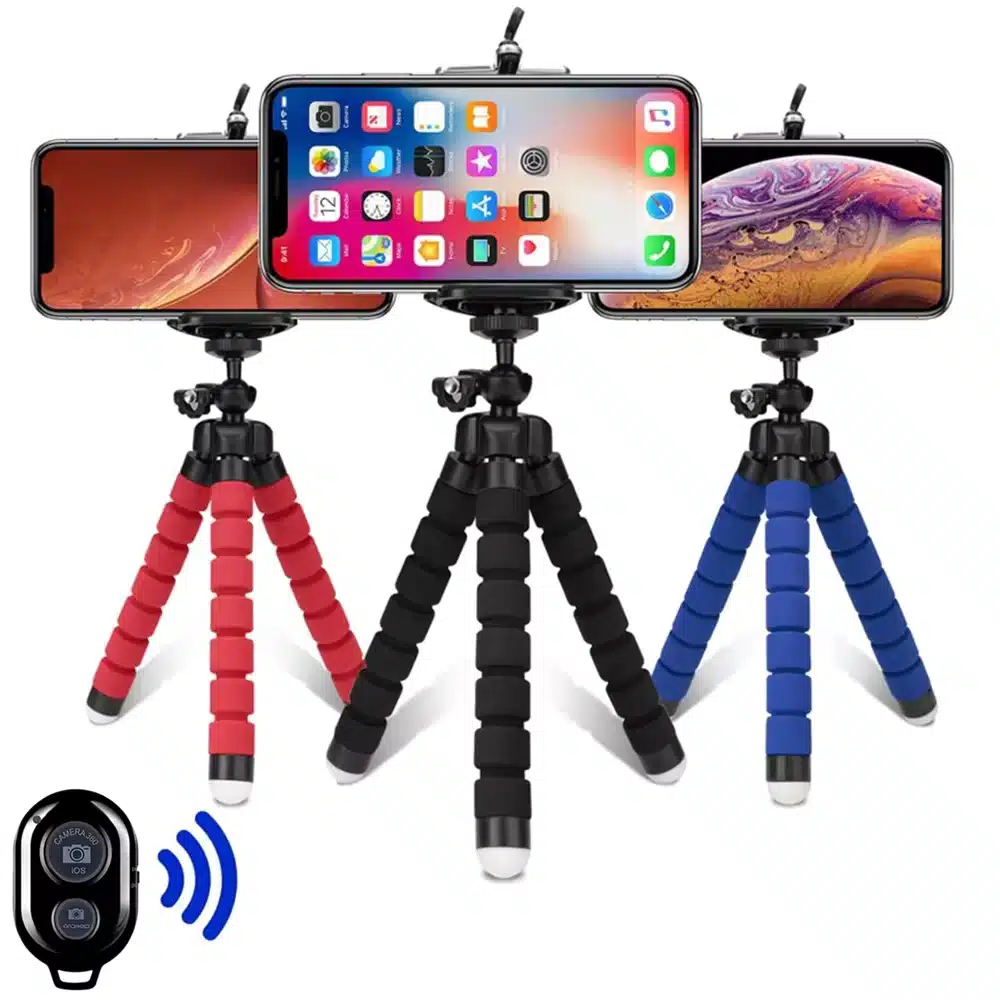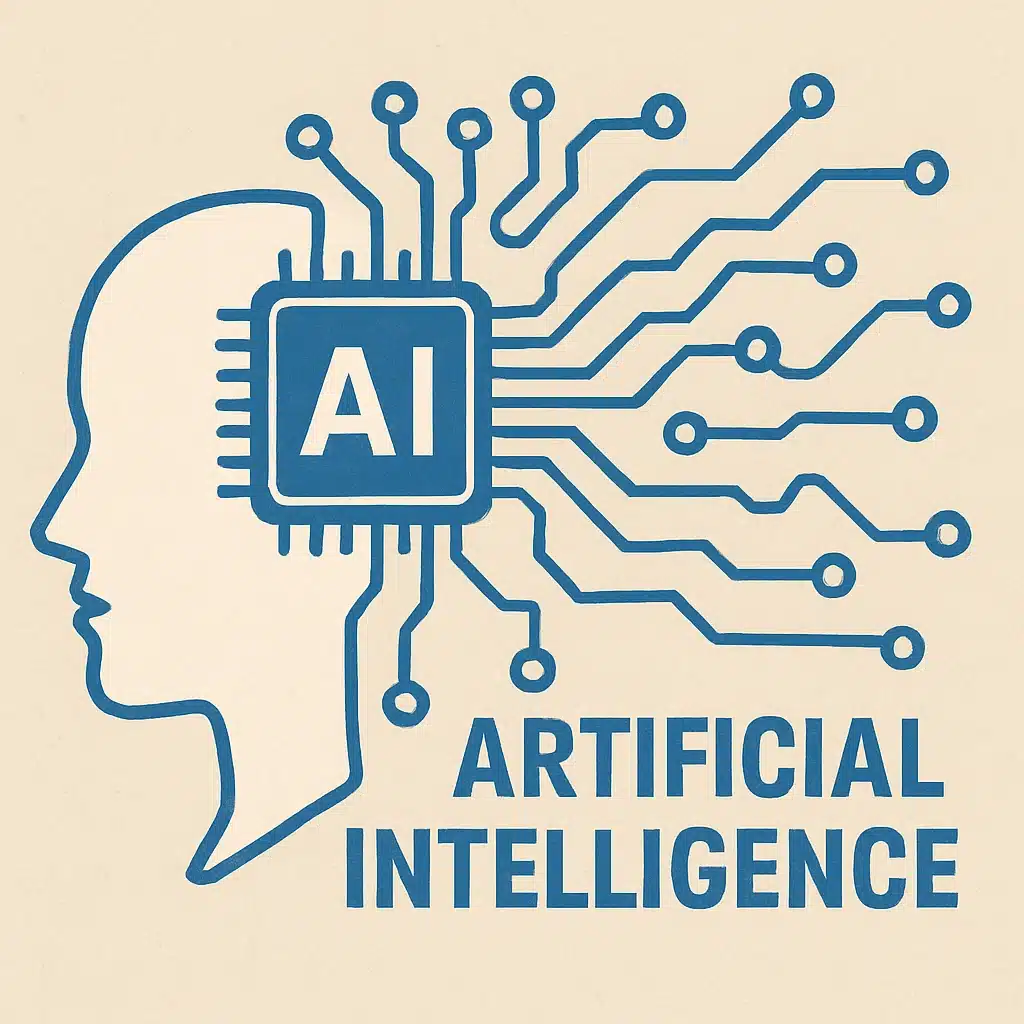As we stand on the cusp of a new era in elder care technology, the next five years promise to bring transformations that will fundamentally reshape how we support aging populations. This in-depth exploration examines not just the technologies themselves, but their societal implications, economic impacts, and the human stories behind these coming advancements. Let’s Check the Future of Senior Care Robots.
The Demographic Imperative Driving Innovation
The numbers tell an urgent story: By 2030, the global population aged 60+ will reach 1.4 billion, with particularly dramatic growth in China, Japan, and Western Europe. South Korea faces perhaps the most acute challenge, where 40% of citizens will be seniors by 2030. This demographic wave is accelerating investment in care robotics at an unprecedented pace – the market is projected to grow from $5.6 billion in 2023 to $34.7 billion by 2030, representing a compound annual growth rate of 29.3%.
What makes this moment unique is the convergence of three critical factors:
- Caregiver shortages reaching crisis levels (the U.S. will need 2.3 million more caregivers by 2030)
- Technology maturation (AI, sensors, battery tech reaching inflection points)
- Cultural acceptance (72% of seniors now open to robotic assistance vs. just 31% in 2015)
Haptic Technology: Closing the Touch Gap
The most emotionally significant breakthroughs may come from haptic systems that restore physical connection:
Current Lab Prototypes
- HugVest 2.0 (MIT Media Lab): A wearable device that simulates:
- Warmth matching human body temperature (37°C)
- Pressure calibrated to individual comfort levels
- Even simulated heartbeat rhythms
Early trials show 68% reduction in observed loneliness behaviors among test subjects
- TactileCare Gloves (Stanford): Allow remote caregivers to:
- “Feel” skin turgor to assess hydration
- Detect subtle tremors invisible to cameras
- Monitor pulse without restrictive bands
Currently achieving 92% accuracy compared to in-person exams
Coming to Market
- Toucha (2026) – First commercial haptic suit with CESI certification for medical use
- EmbraceX (2027) – Focused on dementia patients, replicates familiar touch memories
These build on current emotionale Hilfsroboter but add crucial physical dimensions.
Predictive Health Ecosystems
The next generation moves beyond monitoring to true health prediction:
Breath Analysis Revolution
Die BreathLink system entering trials can detect:
- UTIs 96 hours before symptoms via ammonia changes
- Pneumonia through pH level shifts
- Early-stage cancers with 83% accuracy in controlled tests
This works by analyzing over 1,200 volatile organic compounds in exhaled breath, compared to just 50 in current lab tests.
Movement Intelligence
GaitSens floors combined with Postura ceiling cameras create 3D movement maps that:
- Predict falls 72 hours in advance via micro-gait changes
- Detect Parkinson’s medication “off periods” with 94% Genauigkeit
- Identify early arthritis flare-ups through weight distribution shifts
These systems integrate with existing medical alert robots but add predictive capabilities.
The Rise of Context-Aware Companions
2027 will introduce robots with unprecedented contextual understanding:
Memory Continuity
New LifeStory AI systems:
- Maintain continuous memory across devices
- Remember preferences from hospital to home
- Develop “relationship histories” with users
For example, a conversation started with a bedside robot can be continued seamlessly with a mobile unit in the garden.
Emotional Adaptation
Pioneered by the ElliQ 4.0 (2026), these systems:
- Adjust interaction styles based on:
- Time of day (more energetic in mornings)
- Recent health events (gentler after hospitalizations)
- Observed mood patterns
- Develop unique “personalities” matched to users’ cognitive styles
This represents a quantum leap from current companion robots.
Integrated Care Ecosystems
Future homes will feature coordinated robotic teams:
The Distributed Care Model
- Primary Hub: Central AI coordinating care (like ElliQ)
- Specialist Bots:
- Mobility Assistants (stair navigation)
- Medical Units (vitals monitoring)
- Social Companions (cognitive engagement)
- Environmental Sensors: Embedded in walls, furniture
Real-World Example:
When the system detects:
- Morning wake-up → Bedside unit activates gentle lighting
- Gait instability → Mobility bot positions itself nearby
- Elevated heart rate → Medical unit takes vitals
- Social withdrawal → Companion initiates favorite activity
This builds on current Smart-Home-Integration but with deeper automation.
Economic and Accessibility Trends
The coming years will see dramatic cost shifts:
Price Projections
| Year | Einstiegslevel | Mid-Range | Prämie |
|---|---|---|---|
| 2025 | $800 | $2,500 | $6,000 |
| 2027 | $500 | $1,800 | $4,000 |
| 2030 | $300 | $1,200 | $2,500 |
Driven by:
- Component miniaturization
- AI efficiency gains
- Subscription model adoption
Insurance Coverage
- Japan already subsidizes 50% of approved models
- Germany will include robots in LTC coverage by 2026
- US Medicare is piloting limited reimbursements
Unser affordable robots guide tracks these developments.
Ethical Frontiers and Human Impact
As capabilities grow, so do important questions:
Identity and Attachment
- Should robots mimic deceased loved ones?
- How to prevent over-attachment?
- What happens when systems are discontinued?
Autonomy vs. Safety
- When should robots override user preferences?
- How to balance privacy with protection?
- Who bears ultimate responsibility?
These discussions are ongoing in our KI-Ethik-Leitfaden.
The Human Stories Behind the Tech
Beyond specs and algorithms, this is about real lives:
Case Study: Mariko’s Journey (Osaka, Japan)
After losing her husband, 78-year-old Mariko resisted all technology until receiving a prototype HugBot. Now:
- Shares daily “hugs” with her granddaughter in Tokyo
- Receives medication reminders through touch cues
- Shows 40% improvement on depression scales
The Johnson Family (Chicago, USA)
Deploying an early predictive health system for their father with Parkinson’s:
- Prevented 3 hospitalizations in 6 months
- Allowed remote care coordination between siblings
- Reduced caregiver stress by 62%
Implementation Roadmap: Preparing for the Future
Families can take steps now to prepare:
Current Investments That Future-Proof
- Choose modular, upgradable systems like ElliQ
- Ensure open API architecture for future integrations
- Select devices with long-term support guarantees
Skills to Develop
- Basic robot maintenance
- Data privacy management
- Multi-device coordination
The 2030 Vision: A New Care Paradigm
By the decade’s end, we’ll see:
- Preventive care ecosystems that anticipate needs
- Emotionally intelligent machines that adapt to human rhythms
- Seamless human-robot collaboration in care teams
This isn’t about replacing humans – it’s about augmenting care to preserve what matters most: dignity, connection, and quality of life in our later years.

 AI Bot Tech Hub
AI Bot Tech Hub







